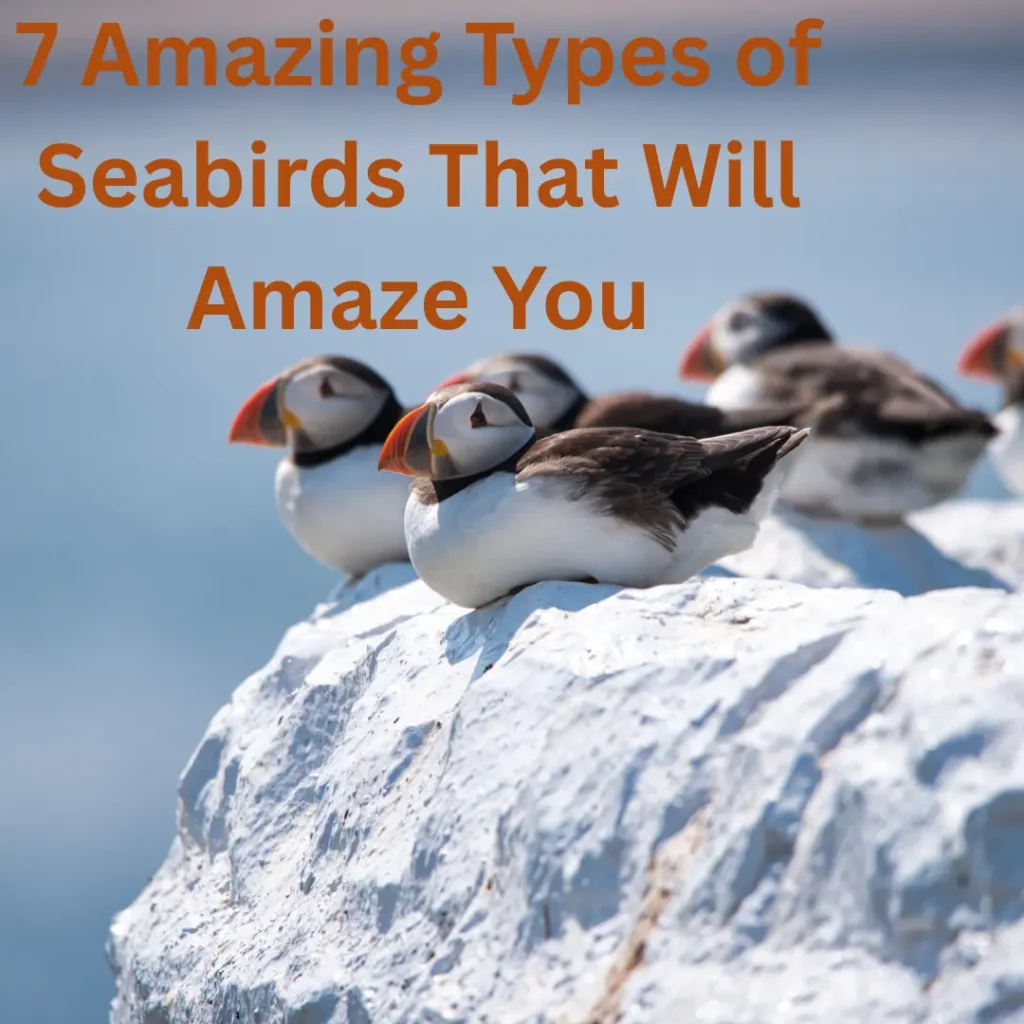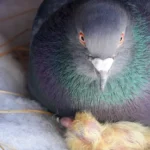Whenever there is a discussion about the sea, it is inevitable to mention the seabirds. Seabirds are a symbol of the pride of the oceans. They can be seen in vast numbers from the high cliffs of Iceland to the seashores of Antarctica. These fascinating birds soar over the oceans and find their food by diving with expert precision.
Table of Contents
Introduction to Seabirds
What Are Seabirds?
Seabirds are those birds whose major part of their life is spent on the sea. They are naturally adapted to the ocean, which is why a large part of their lives are spent above the sea. In addition, these birds find their food by diving into the sea or through other means, while there are very few birds that find their food on shore. As far as breeding is concerned, at that time these birds head towards the shores.
Why Seabirds Matter in Marine Ecosystems
The presence of seabirds assesses the health of ocean ecosystems. If you notice a decrease in the number of sea birds, you should understand that there is a problem going on under the sea. There are some species of fish that reproduce very prolifically, but their populations are controlled by seabirds that eat them.
Types of Seabirds
Seabirds are not a uniform group, but under it, there are many types of groups which are recognized by their own distinct traits, feeding behaviors, and habitat. Let’s explore each group individually.
Pelagic Seabirds
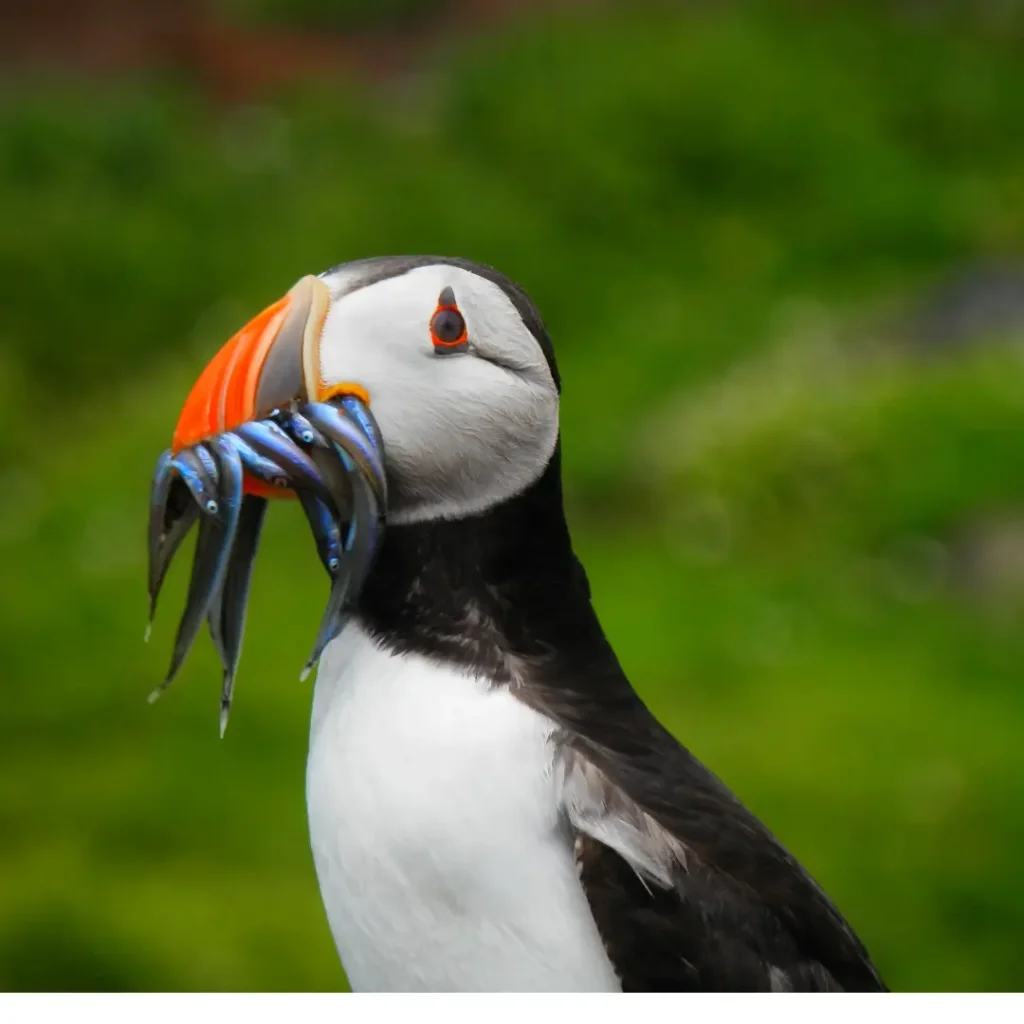
Pelagic Seabirds are those seabirds that spend most of their life on the sea. They are also famous because of their long flight over the sea. Both large and small size birds come under this category. These birds primarily feed on fish but also eat squid, and plankton at or near the surface.
Example:
Petrels and shearwaters.
Coastal Seabirds
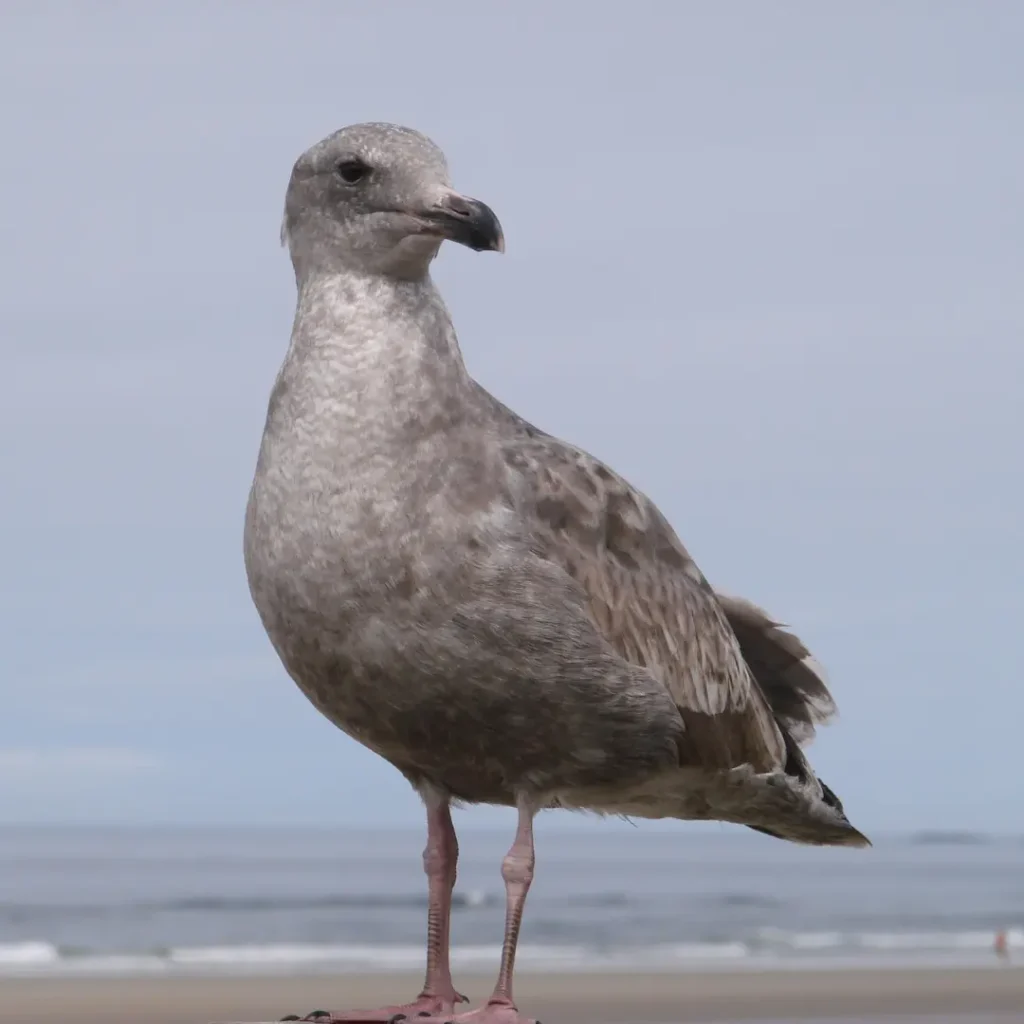
Coastal seabirds are those seabirds that spend most of their life on estuaries, beaches, marshes, and rocky shores. The birds under this category are most visible to humans. These seabirds made their nest on islands and cliffs.
Example:
Gulls , Terns , Plovers, etc.
Diving Seabirds
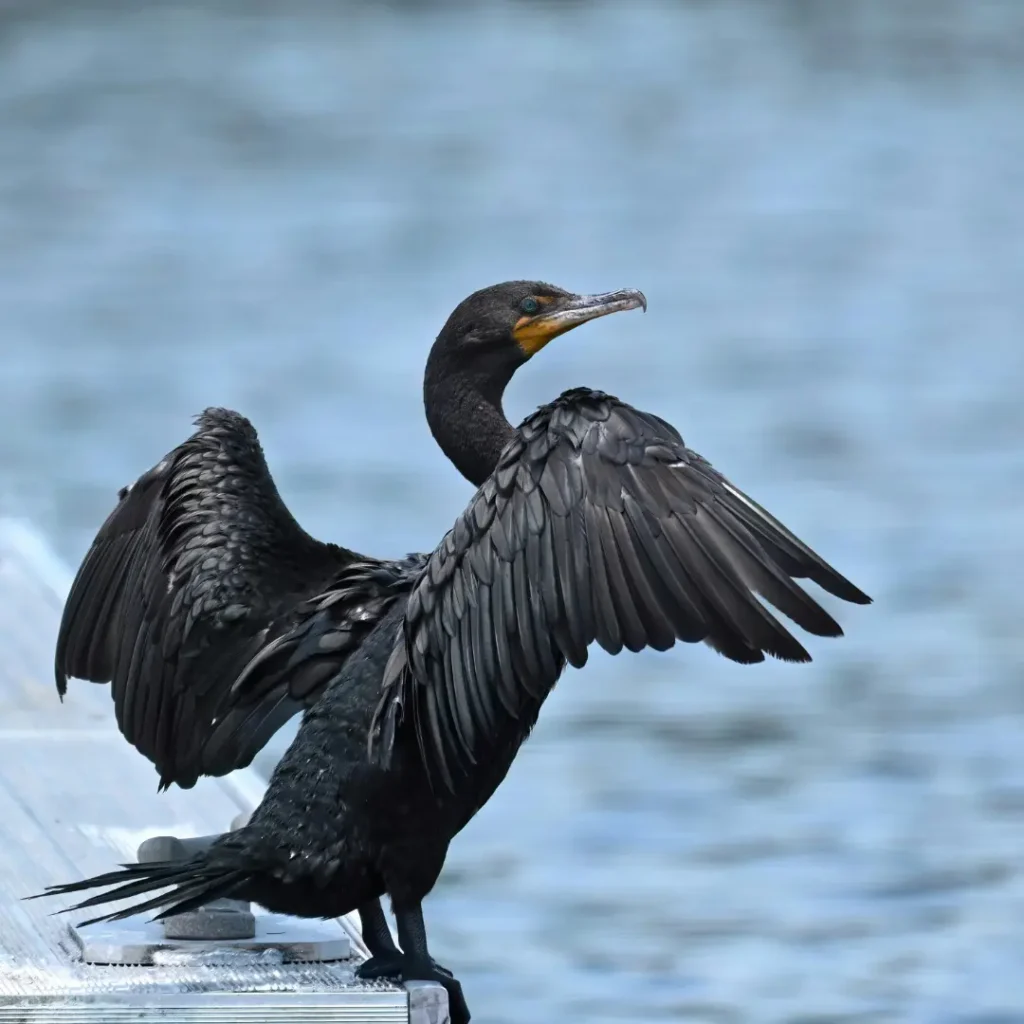
Diving seabirds are those seabirds that are known as underwater hunters. They use their wings to swim under the water. They can submerge themselves and can see clearly under the water due to their excellent vision. These birds are fond of eating fish.
Example:
Puffins, Cormorants, etc.
Surface Feeders
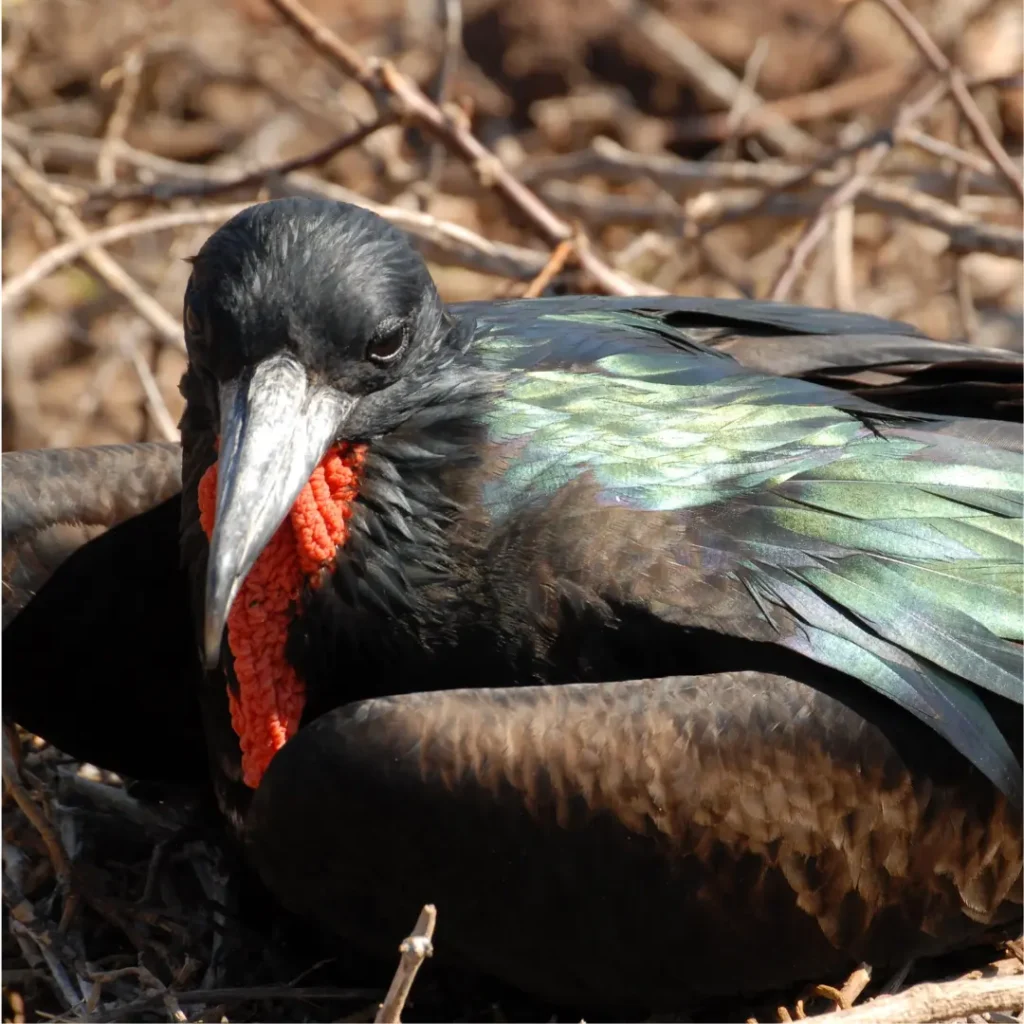
This group is named surface feeders because of their feeding habits, as these birds search for food at or just below the surface of the sea. They have the ability to grab food from other birds. They are lighter in weight and feed in groups.
Example:
Frigatebirds, boobies, etc.
Scavenger Seabirds
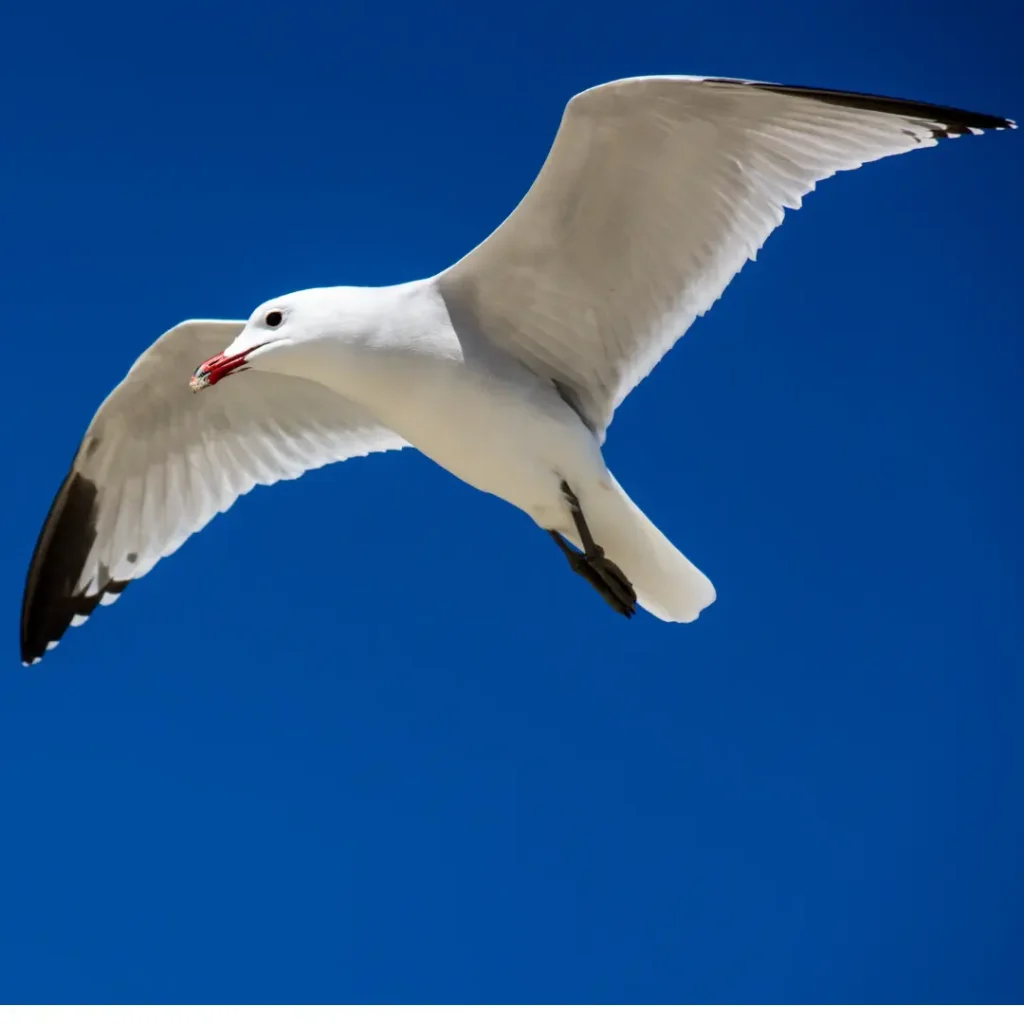
Scavenger seabirds are those seabirds that are sometimes called “vultures of the sea” due to their feeding habit. They help in cleaning by eating the fish waste, dead marine animals, and garbage in the sea.
Example:
Gulls, Skuas etc.
Flightless Seabirds
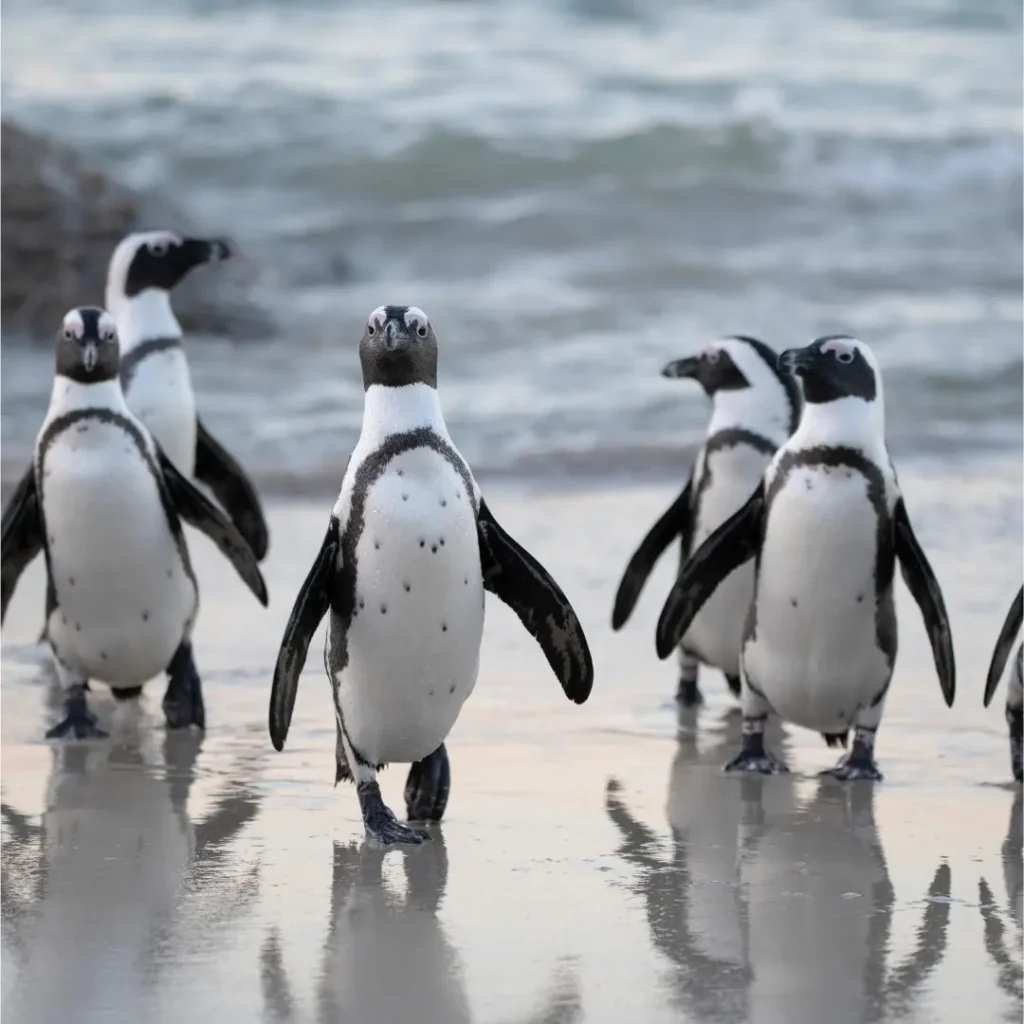
Flightless birds are a special type of seabird that lacks the ability to fly. Flightless seabirds use many survival strategies, such as speed and strong nesting behavior, to survive in the environment.
Example:
Penguins, Galapagos, etc.
Migratory Seabirds
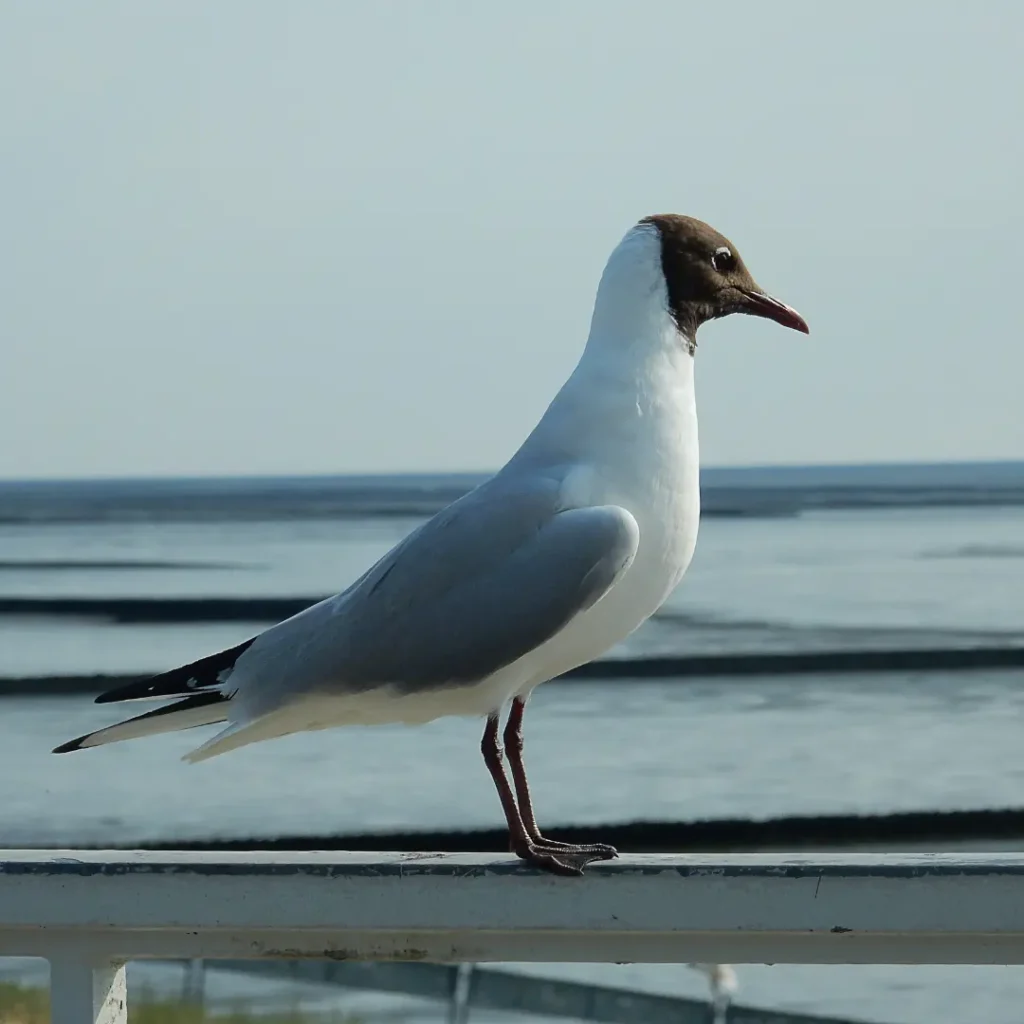
Migratory seabirds are those birds that travel pole to pole every year and hence known as the longest migratory birds. During their migration, they use their memory to summarize the path. Due to migration, they breed in one location and feed their babies in another location.
Example:
Arctic tern, sooty shearwater, etc
Anatomy and Adaptations
Physical Traits That Help Them Survive
Seabirds are masters in adapting in any environment by millions of years of evolution. Their feathers are dry even in the environment because of the special oil they secrete from their tail.
Seabirds take efficient flight because of their bodies and long narrow wings that consume minimal energy. Some species of seabirds have small but powerful wings that help them to chase prey underwater in the sea.
Seabirds are active swimmers because of their webbed feets like waterfowls. Seabirds feed inthe sea and hence inhale salt water while drinking and feeding. If their salt level increases, then they excrete it from the body through their salt glands.
Unique Feeding Mechanisms
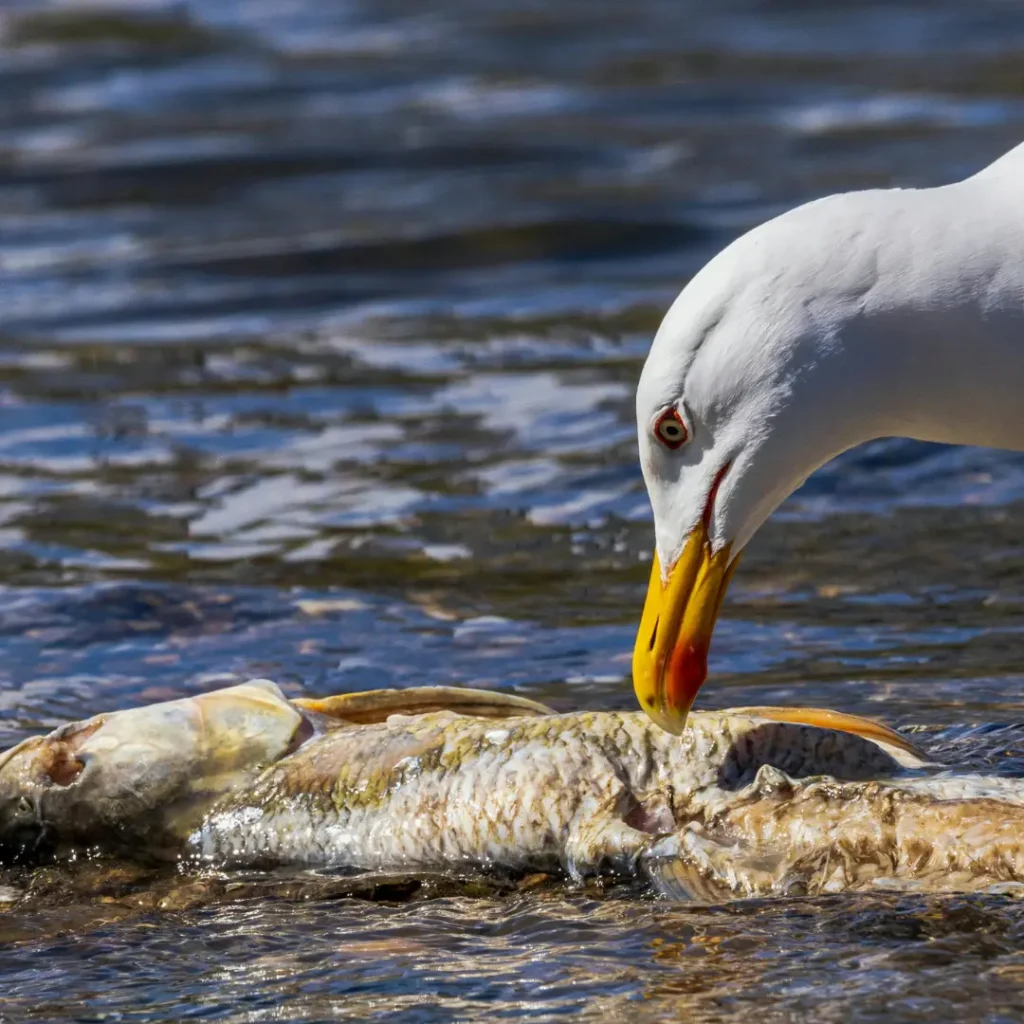
The feeding mechanism of seabirds varies from species to species. Some species steal food from other birds in mid-air, while some species dive into the water at high speed and hunt fish. Some Seabirds feed in groups and apply different strategies to hunt.
Navigation and Flight Capabilities
Seabirds travel every year from pole to pole by taking little breaks in their flights, and arrive at their destination and go back. Researchers are still searching for how they predict their direction each year, but have not found any valid results. Some hypotheses related to their prediction of the way are that they use stars to predict the way, while some think they take the help of wind to predict their way.
Behavior and Social Structure
Mating Rituals
Seabirds show different behaviors during their mating season. Some species attract their mates by dancing in front of them and make a permanent bond with each other, and use the same nest for years that they made.
In some species, males give fish to females and bond with each other. While the nest is made by both.
Communication Among Seabirds
Seabirds are vocal creatures and make a wide range of calls. Some of their calls are screeches, grunts, and songs to communicate. These calls help them to communicate with others, especially during feeding and mating.
Parenting and Chick Rearing
Parenting among seabirds is often a joint effort. When a female seabird lays eggs after mating, if the female warms the eggs, the male goes out to gather food from the sea. The incubation of the eggs lasts a long time, and therefore both participate in this process.
Some species of chick leave the nest within a few weeks, while others, like albatrosses, take several months to become independent.
Threats Facing Seabirds
Pollution and Plastic Waste
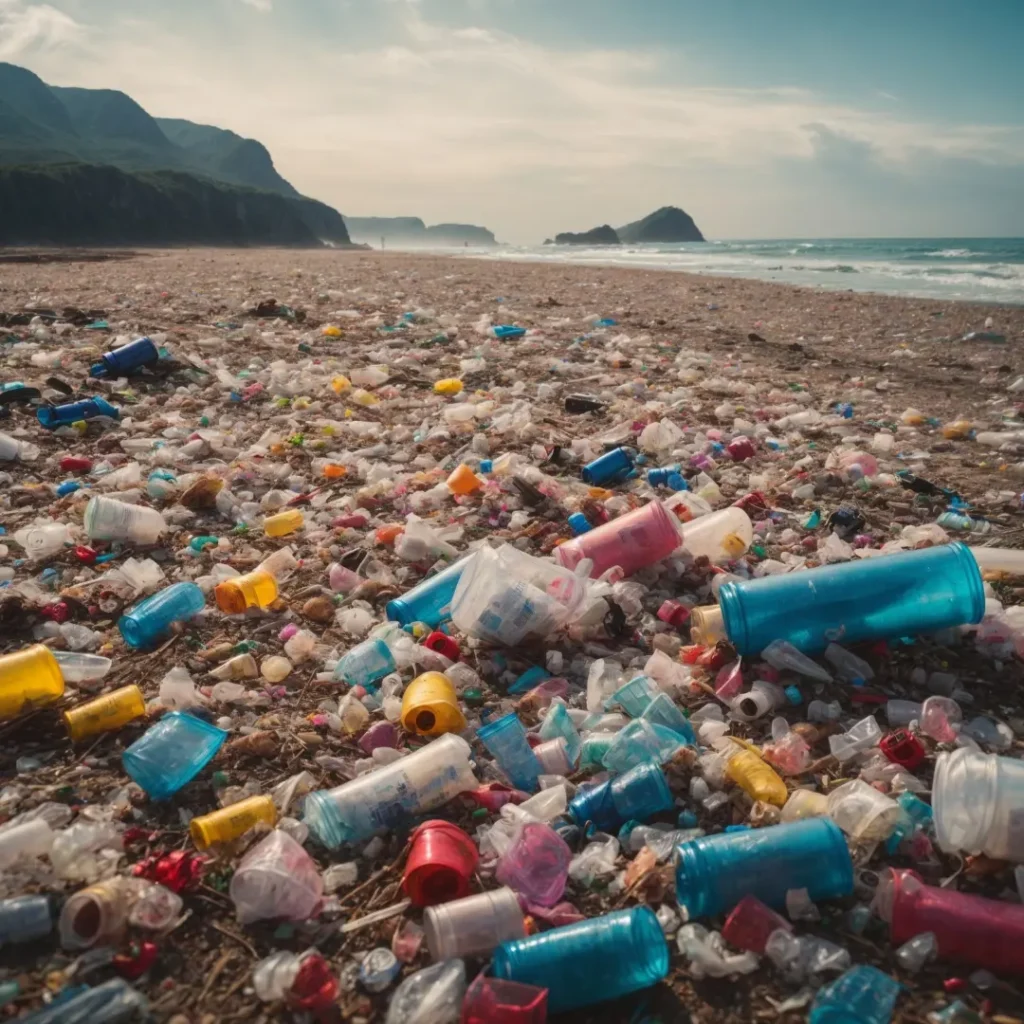
In today’s world, among the threats faced by sea birds, the biggest threat is the pollution caused by different types of plastic. Every year, a large number of plastic items are seen on the ocean’s surface. Most of these plastics that look like fish are mistakenly eaten by seabirds, which leads to their deaths.
According to research more than ninety percent of seabirds have plastic inside their stomachs. If we study all the seabirds, we find that the most plastic-eating seabird is the Laysan Albatross. Plastic is also a major cause of the death of baby seabirds.
If we want to protect these seabirds, we should use plastic as little as possible, and if we do use it, then don’t throw it into the sea.
Climate Change and Habitat Loss
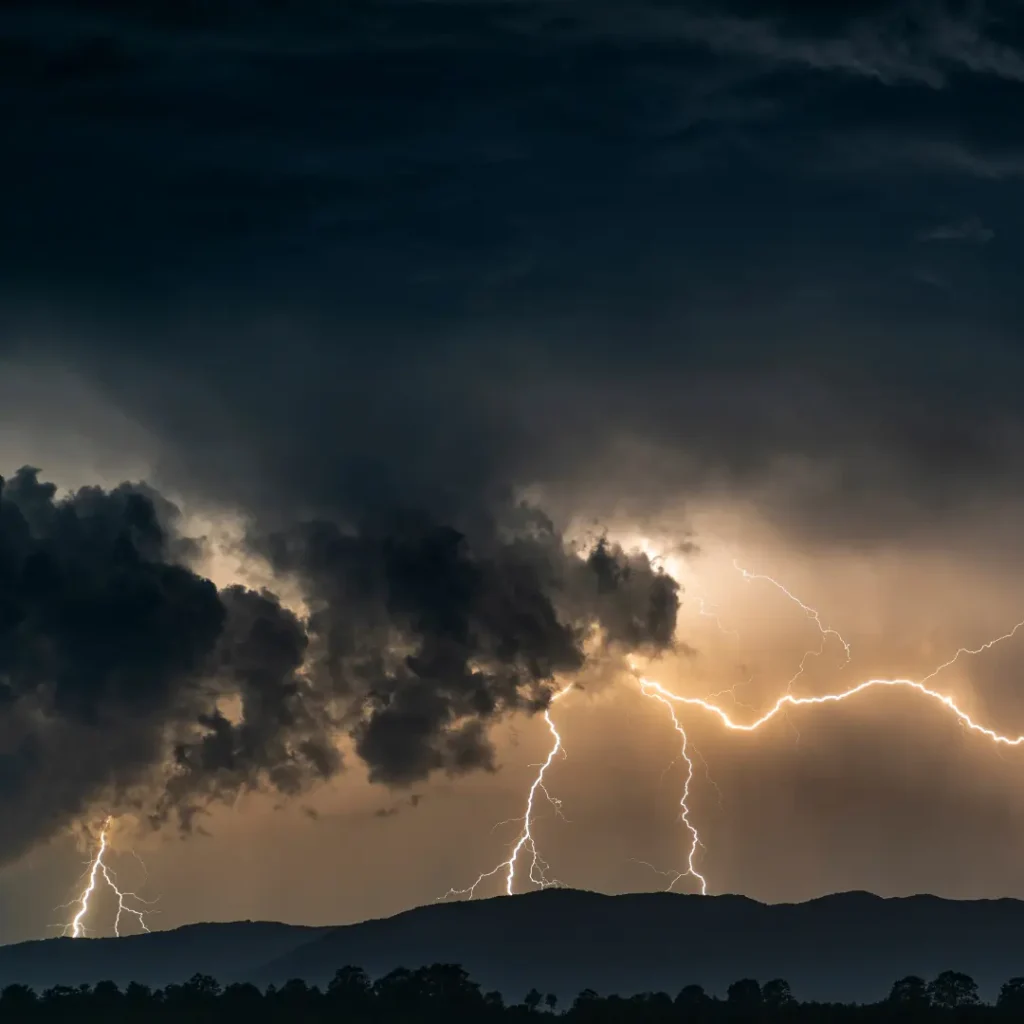
Climate change affects every aspect of seabird life, whether it’s food availability or the struggle to build nests.If we talk about food, when the sea level rises, these seabirds have to work hard to get food, and most of them fail. Similarly, due to climate change, the intensity of storms and flooding destroys their nests. To prevent these climate changes, we need to do more to reduce global warming and protect seabird habitats, and we also need to accelerate the efforts we are already making.
Overfishing and Food Shortage
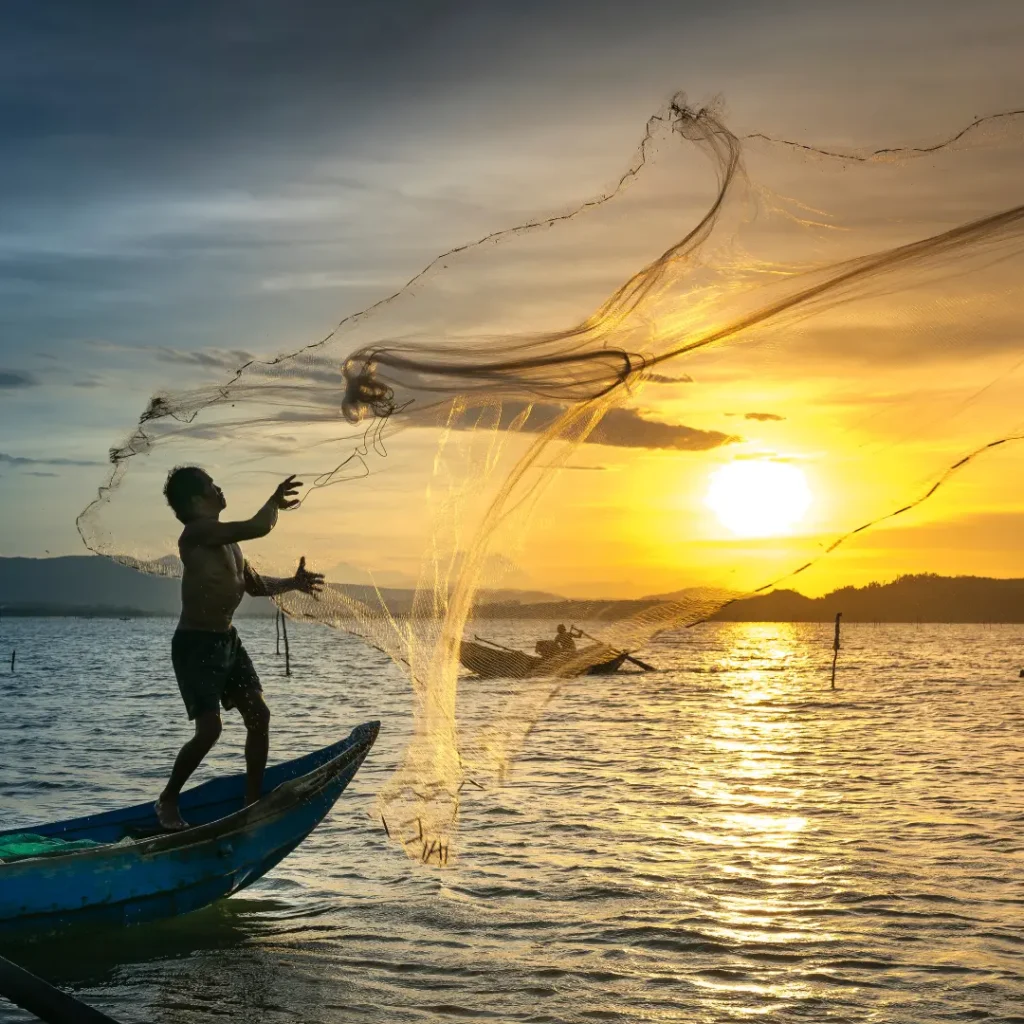
Another major problem affecting seabirds is overfishing. According to the research, a large number of these seabirds are caught in nets set for fishing every year, causing them to drown due to being in water for a long time. To protect these birds, some fishermen implement different strategies, such as fishing at night instead of during the day or placing certain types of objects on the seabed in places where there is a net, which scares these seabirds away, but no such action has been taken at the global level.
Seabird Conservation Efforts
International Protection Laws
The survival of seabirds depends on global cooperation. If global cooperation is not achieved, seabirds migrate from one country’s maritime borders to another country’s maritime borders; they may receive the facilities they need or may face different threats. Therefore, it should be ensured that cooperation will be done at the global level and each country will play its part in the responsibility and implement the existing laws for the survival of these birds.
Community and NGO Initiatives
NGOs are the heartbeat of seabird conservation. These NGOs are busy filling the gaps left by government agencies. Be it beach cleanups or public awareness campaigns about seabirds, they actively participate. These NGOs work with local people to protect the habitats of these seabirds.
Role of Seabirds in Scientific Research
Seabirds and marine environments have direct relations with each other. If seabirds are seen searching for food at sea for a long time, it should be understood that seabirds are facing a food shortage. Food shortages can also be caused by toxic factory waste and can also be caused by increased migration.There are also some species of seabirds that migrate on specific days throughout the year. If these birds are seen migrating ahead of schedule, it can be assumed that some kind of change in the climate is taking place. In addition, scientists have researched seabirds and discovered various routes over the ocean along which these seabirds migrate from one place to another.
How You Can Help Save Seabirds
The most effective and easiest way to help seabirds is to minimize fishing, which can help them meet their natural food shortage. In addition, fishing should be carried out in accordance with international laws so that no harm is done to seabirds during migration. Apart from this, plastic pollution is the biggest problem for seabirds, so we can take steps both individually and collectively to minimize pollution. Apart from this, if you do not have access to the sea, then you can organize cleaning activities in rivers near you because these rivers meet the sea. Moreover, we should actively participate in organizations that work for their protection so that these seabirds can live their lives freely.
FAQs
Q.1 What makes seabirds different from other birds?
Ans. A large part of the life of seabirds is spent above the sea, which makes them different from other birds. They have salt glands inside them to digest seawater. In addition, their feet and fins also help them to swim in seawater.
Q.2 Why are seabirds important to the environment?
Ans. Seabirds play a very important role in the environment. They maintain fish populations by eating them. In addition, observing the population of these birds can also provide a good indication of ecological problems.
Q.3 Which seabird has the longest migration?
Ans. The Arctic tern is a seabird that travel longest as compared to other birds during their migration. If we estimate the distance travel by seabirds in their lifetime, so it equals to three times the distance from the Earth to the Moon.

